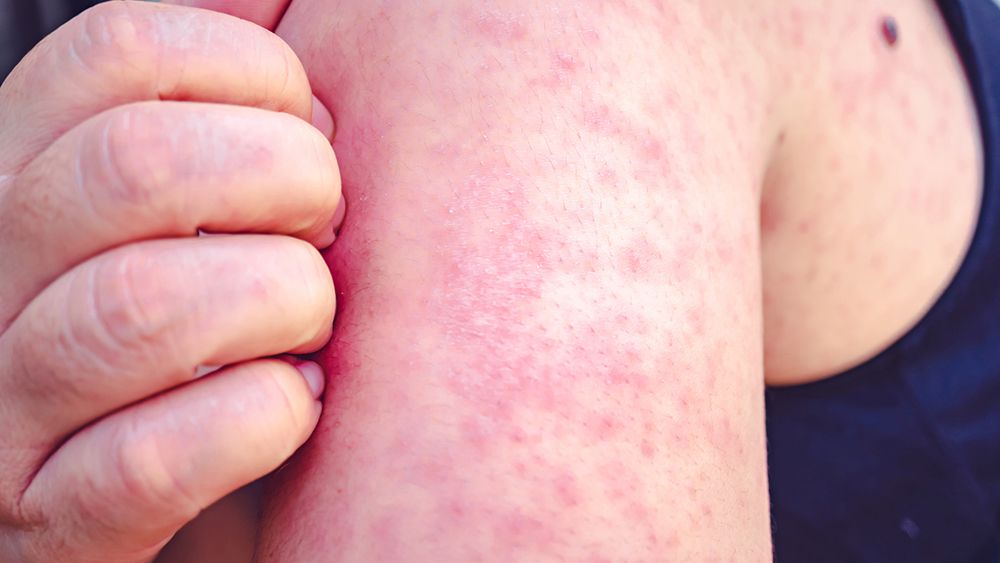OHIO — The Knox Public Health department in Mount Vernon, Ohio, confirmed Tuesday there have been a total of 20 cases of measles in the county — 13 of which are Ohio residents, linked to the initial case of measles in the county.
So far, 14 of the cases have completed their isolation periods, but six remain active, the department said.
Knox County's first case of measles was confirmed in late March. Then, shortly after, the county confirmed two more cases.
A week ago, that number rose to 10.
So far, this year’s total has surpassed last year’s total measles cases in Ohio, which was 10, according to the Ohio Department of Health. In addition to Knox County’s cases, 10 cases were confirmed in Ashtabula County in March, another case was confirmed in Holmes and one case was reported in Allen.
As of April 10, there have been more than 700 cases of measles confirmed in the United States reported by 22 states, according to the CDC: Alaska, California, Colorado, Florida, Georgia, Kansas, Kentucky, Maryland, Michigan, Minnesota, New Jersey, New Mexico, New York City, New York State, Ohio, Oklahoma, Pennsylvania, Rhode Island, Tennessee, Texas, Vermont and Washington.
CDC data shows shows that vaccination rates for the measles, mumps and rubella vaccine in Ohio are below the benchmark of the recommended 95% by health officials, as they say 95% vaccination rates in a community can help develop herd immunity to a disease.
Over the last five years, vaccination among kindergarteners in Ohio has wavered around 89%. According to the CDC, the Buckeye State is also among states with the lowest vaccination rates.
Measles is highly contagious and can spread easily when a person breathes, coughs or sneezes. Each case can lead to an additional 12 to 18 cases if people aren’t protected against the disease, according to the Ohio Department of Health.
Signs and symptoms include:
- Running nose
- Cough
- Red and watery eyes
- Small white spots inside the cheeks
Death is usually caused by complications from the disease, including:
- Blindness
- Encephalitis (an infection causing brain swelling and potentially brain damage)
- Severe diarrhea and related dehydration
- Ear infections
- Severe breathing problems, including pneumonia




